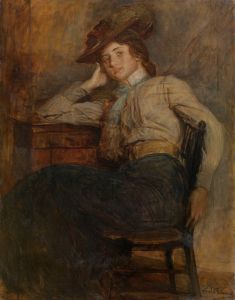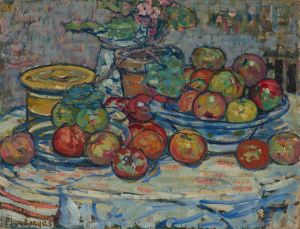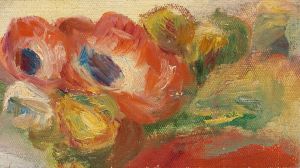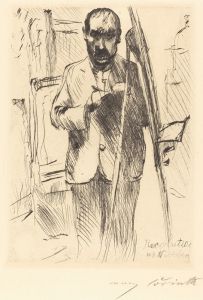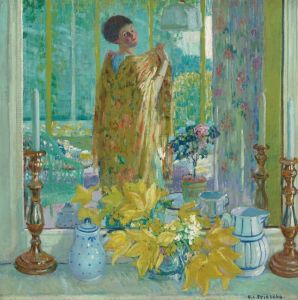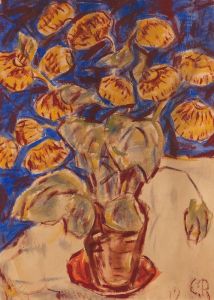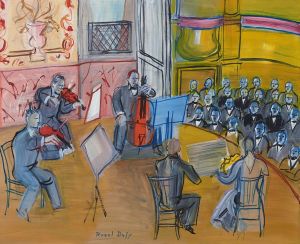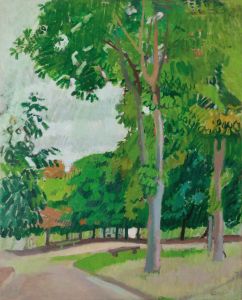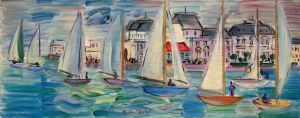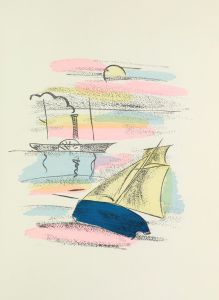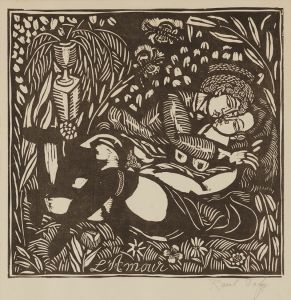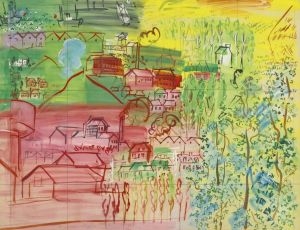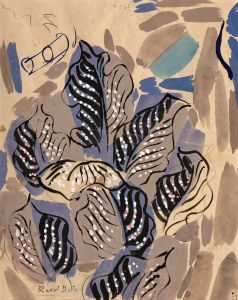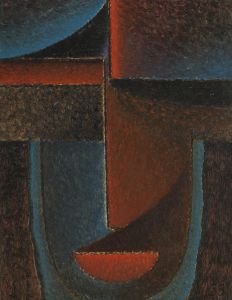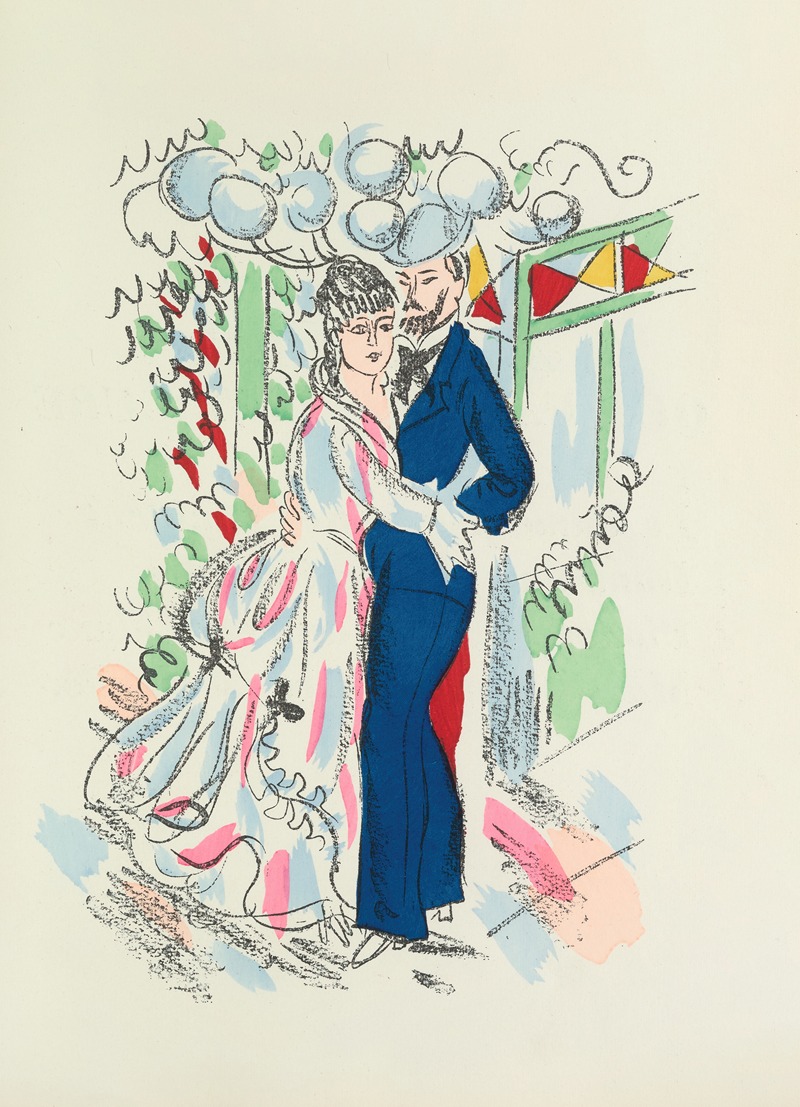
Madrigaux pl 12
A hand-painted replica of Raoul Dufy’s masterpiece Madrigaux pl 12, meticulously crafted by professional artists to capture the true essence of the original. Each piece is created with museum-quality canvas and rare mineral pigments, carefully painted by experienced artists with delicate brushstrokes and rich, layered colors to perfectly recreate the texture of the original artwork. Unlike machine-printed reproductions, this hand-painted version brings the painting to life, infused with the artist’s emotions and skill in every stroke. Whether for personal collection or home decoration, it instantly elevates the artistic atmosphere of any space.
Raoul Dufy (1877-1953) was a French Fauvist painter known for his colorful and decorative style. He was born in Le Havre, France, and studied at the École des Beaux-Arts in Paris. Dufy's work is characterized by its vibrant use of color and fluid lines, often depicting leisure activities, landscapes, and urban scenes.
"Madrigaux pl 12" is one of Dufy's works, though specific details about this particular piece are scarce. The title suggests that it may be part of a series or a collection of works, as "pl" typically stands for "plate," indicating a print or a page from a book or portfolio. The term "Madrigaux" refers to madrigals, which are a form of secular vocal music composition that originated in Italy during the Renaissance. This connection hints that the artwork might have been inspired by or intended to accompany musical compositions, reflecting Dufy's interest in integrating different art forms.
Dufy's artistic career began with influences from the Impressionists, particularly Claude Monet, but he soon became associated with the Fauvist movement, which emphasized bold, non-naturalistic colors and strong brushwork. His involvement with the Fauves, including artists like Henri Matisse and André Derain, significantly shaped his approach to color and composition.
Throughout his career, Dufy explored various mediums, including painting, drawing, printmaking, textile design, and ceramics. His versatility and prolific output made him a prominent figure in early 20th-century art. Dufy's works often exude a sense of joy and liveliness, capturing the essence of the scenes he depicted with a light, airy touch.
One of Dufy's notable contributions to the art world was his work on large-scale public projects. For example, he created a monumental mural titled "La Fée Électricité" for the 1937 International Exposition in Paris. This mural, which measures over 600 square meters, celebrates the history and applications of electricity and is considered one of his masterpieces.
While specific information about "Madrigaux pl 12" is limited, it is likely that the piece embodies Dufy's signature style, characterized by vibrant colors, dynamic compositions, and a sense of movement. His works often evoke a sense of pleasure and celebration, making them enduringly popular with audiences.
Dufy's legacy continues to be celebrated in museums and galleries worldwide. His ability to capture the beauty and vibrancy of life through his art has left a lasting impact on the art world. Despite the lack of detailed information about "Madrigaux pl 12," it can be appreciated within the broader context of Dufy's oeuvre, which consistently reflects his innovative use of color and his joyful approach to depicting the world around him.





